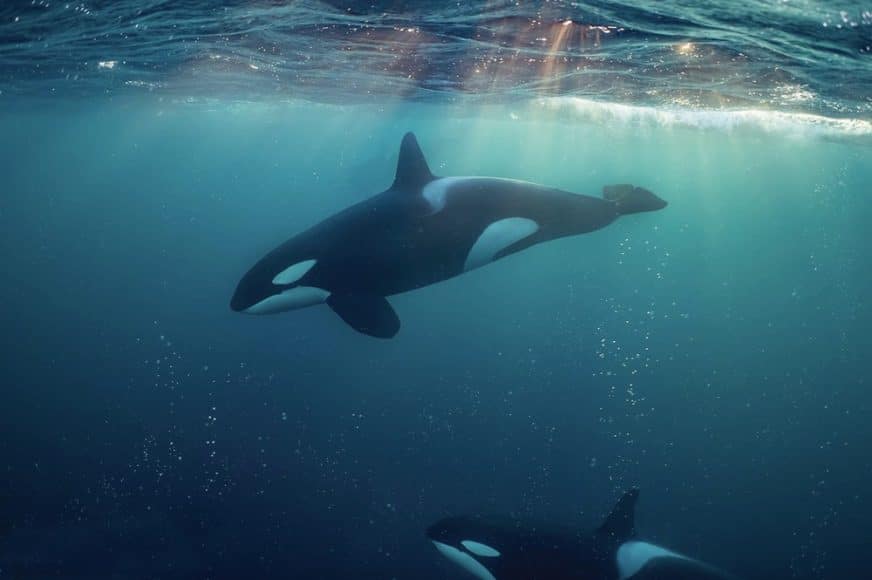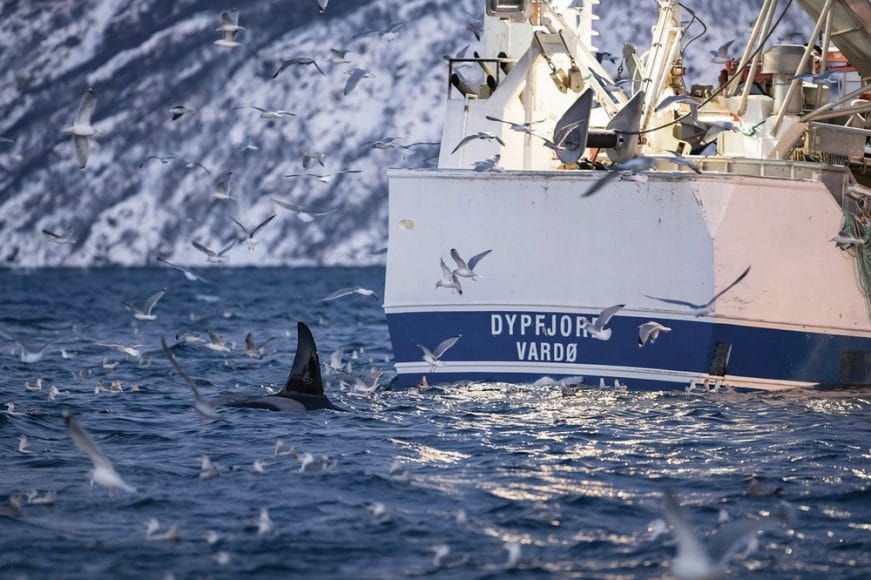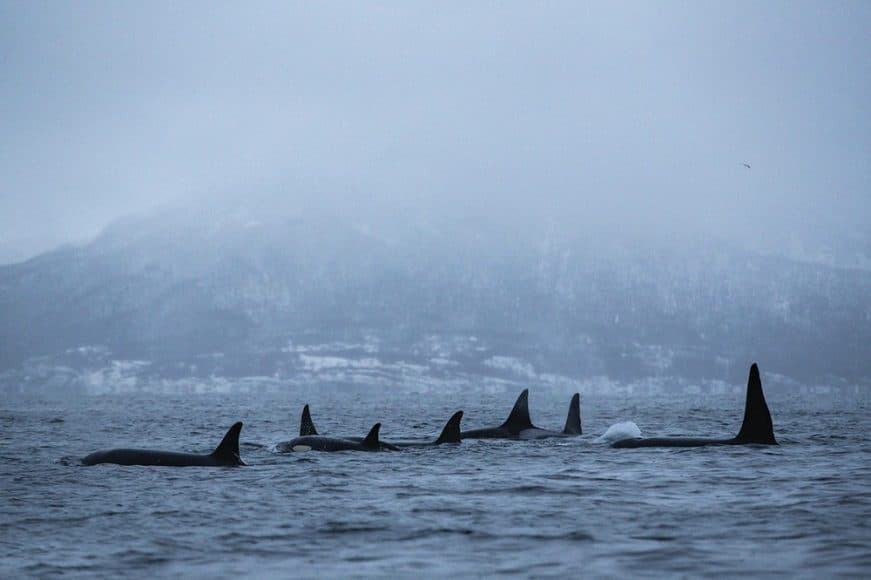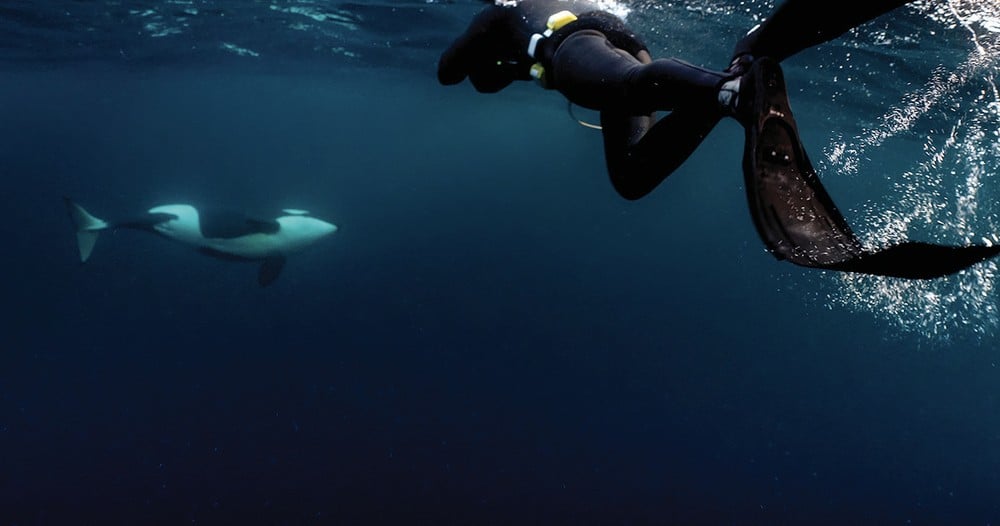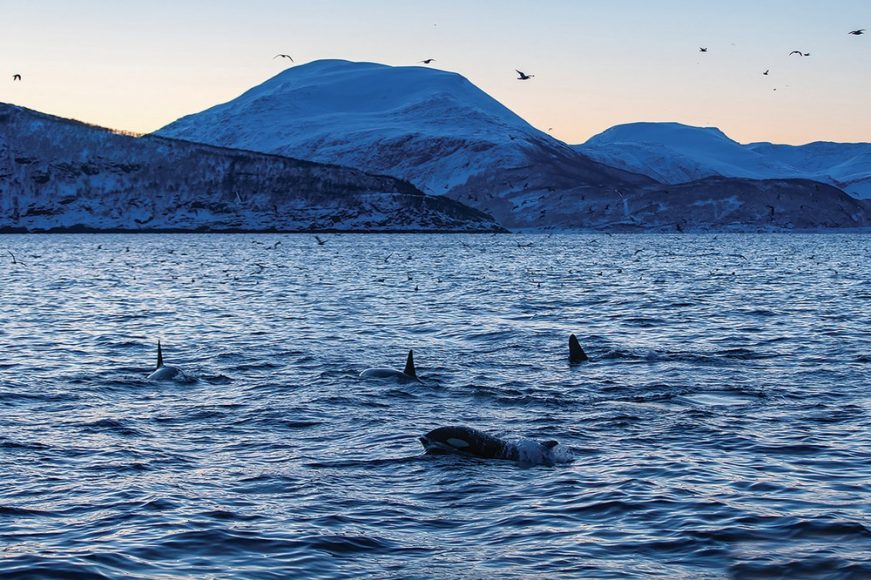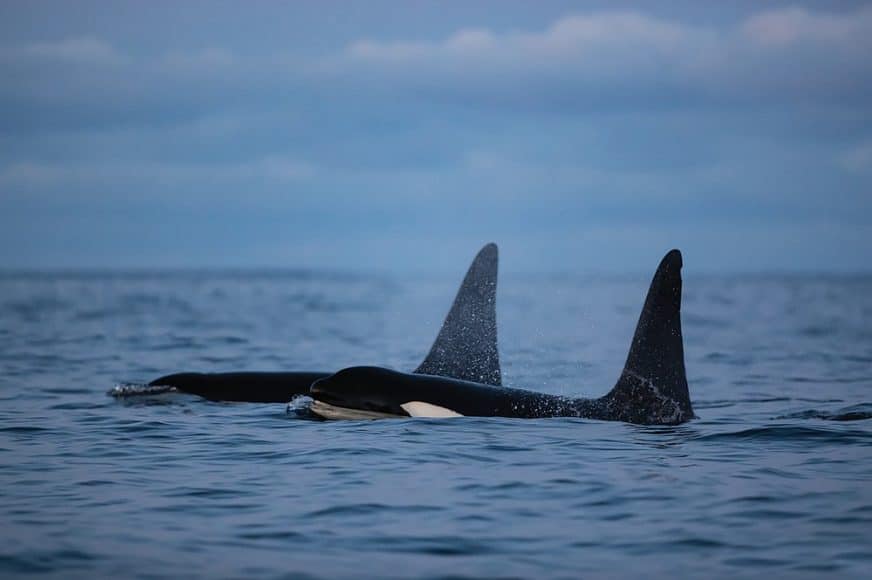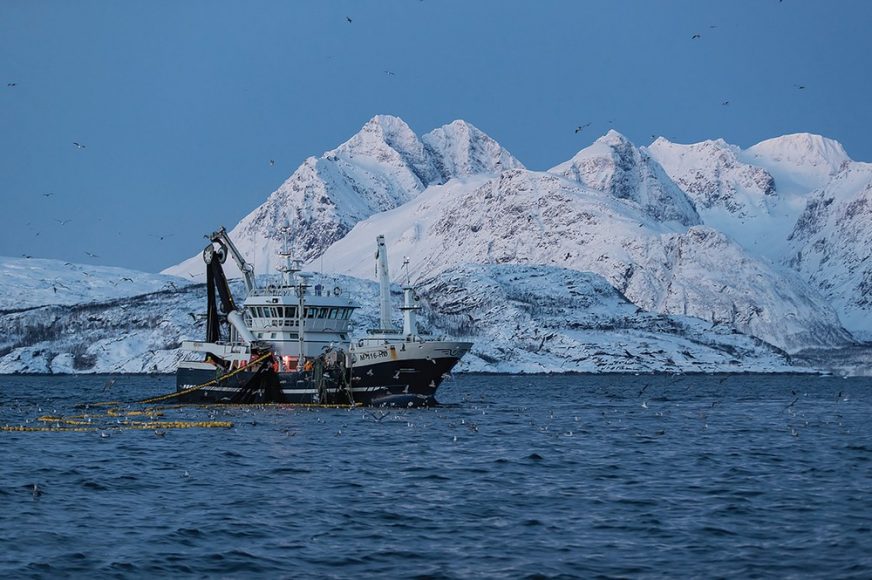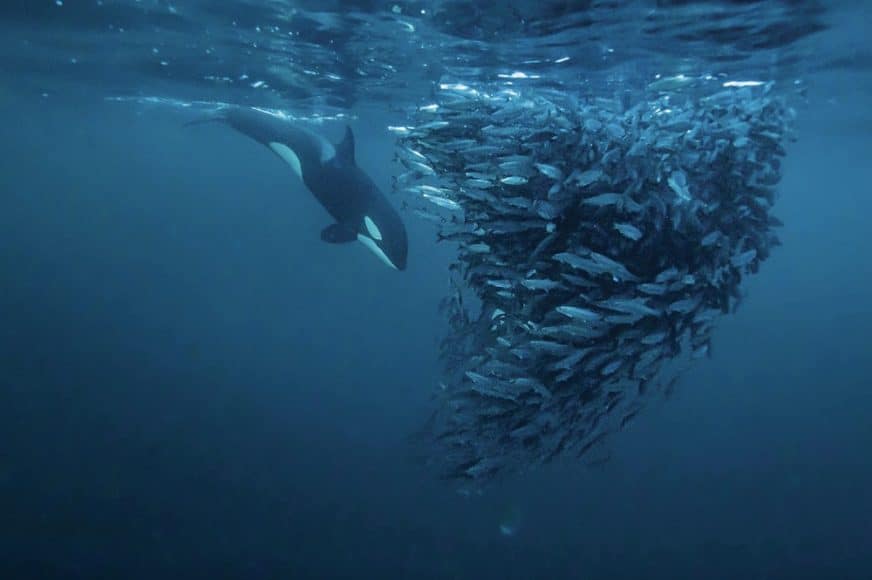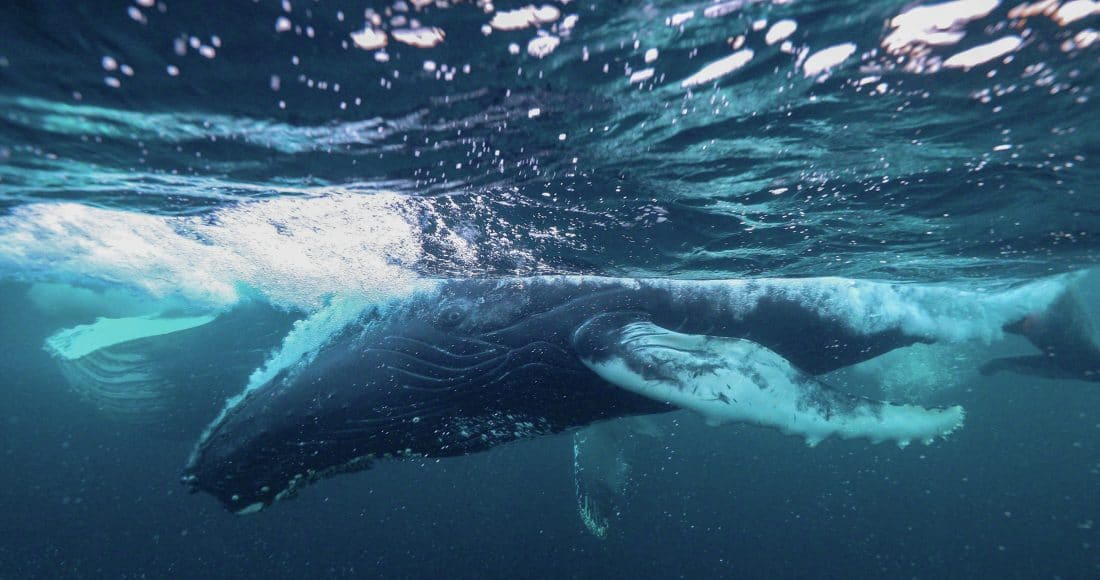A Nantucket resident travels to the Arctic Circle to swim with apex predators.
Every fiber of Eric Savetsky’s being was screaming: Do not get in the water! Do not get in the water! Ice glistened off the gunnels of the Zodiac as he and his fellow divers cut across the frigid Arctic Ocean. The deadly water temperature wasn’t the only threat to Savetsky’s sense of self preservation. Beneath the ocean’s inky black surface, a pod of hungry apex predators was systematically devouring giant schools of herring. No, these predators weren’t sharks—but killer whales. Savetsky had heard stories of orcas snacking on great white sharks like they were sardines. Immobilizing a great white by flipping it on its back, orcas were known to surgically remove the shark’s liver to source the most nutritious bits of meat from each attack. Savetsky tried to put that fun fact out of his mind as he stuffed a snorkel into his mouth and prepared to plunge into the dark, forbidden depths of the Arctic Ocean.

For the past four winters, Eric Savetsky has been making this voyage to the far reaches of the Arctic Circle to witness an underwater phenomenon that he can’t find diving off the coast of Nantucket. Even in the face of a global pandemic, Savetsky returned this November to Tromsø, the largest northernmost city in Norway, to dive with orcas and humpbacks who congregate in a series of fjords and bays to feed on seven million tons of Norwegian spring-spawning herring. The longtime executive director of the Nantucket Land Bank, Savetsky typically motors his converted lobster boat, Endurance, offshore to swim with humpbacks and several species of shark. “I am totally obsessed with what we call pelagic megafauna—basically big creatures in the ocean,” said Savetsky, whose photographs hang in the Nantucket Whaling Museum. “It’s an attraction that’s hard for me to really put a finger on.”
At the end of October, Savetsky entered the European Union through an exemption allotted for photo journalists to document this annual migration of orcas and humpbacks. He navigated the complex logistics of COVID- 19 testing and quarantining to reach Tromsø. Surrounded by towering mountains that rise directly up from the Arctic Ocean, Tromsø is a land of natural wonder with fjords, islands and the northern lights overhead. “The sun barely peeks over the mountains,” Savetsky said. “You have sunset and sunrise all day long. The sun never goes overhead, so the light is absolutely crazy.”
In Tromsø, he reunited with Jacques de Vos, a South African free diver and award-winning underwater photographer who has led Arctic diving expeditions for the last decade. Together, they boarded a fifty-foot catamaran and sailed through the fjords and bays in search of whales.
With the water bustling with millions of tons of herring, the humpbacks and orcas make the winter migration into these waters as polar bears watch from the snow-covered shores. These two whale species do not normally feed in such close proximity of one another, but the abundance of bait results in them feeding symbiotically. The pod of orcas corrals the herring into concentrated bait balls that they will feed upon systematically. “I’ve seen an orca take a herring, remove all the meat and then spit out a skeleton,” Savetsky said. “It basically fileted the fish in its mouth.” Meanwhile, the humpbacks take advantage of these bait balls by swimming directly through them with their mouths open wide.

Wearing thick, custom-designed wet suits and using only snorkels, Savetsky and de Vos slip quietly into the frigid water to try and capture photos of these mesmerizing feeding frenzies. “I’ve been three or four feet away watching all this happen,” Savetsky recalled of a past trip. “The orcas really don’t pay any attention to you. There’s been no known killer whale attacks against humans in the wild.” During one terrifying moment, however, Savetsky looked down into the darkness and spotted two humpbacks rushing up toward him with their mouths wide open. Seconds before he ended up in the belly of one of those whales, they changed course and swam off.
For many people, the idea of jumping into deathly cold water to swim with apex predators in the dark of night is utterly unthinkable. Yet for Savetsky, it’s an experience he simply can’t get enough of. “It’s a combination of things,” he explained. “It’s the orcas and the humpbacks. It’s the dark ocean. The photography is very difficult. It’s all a bit challenging and mysterious.” Beyond the lure of adventure, Savetsky returns to these polar waters each year to capture the environment’s intricate balance on display. His images bear witness to a natural phenomenon that’s beyond our human comprehension. And like the great whalers of Nantucket yesteryear, he returns to his little island home to share the wonders of his exploration.


